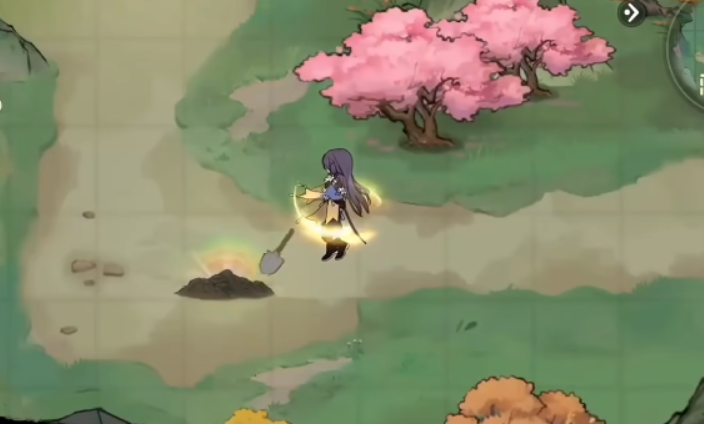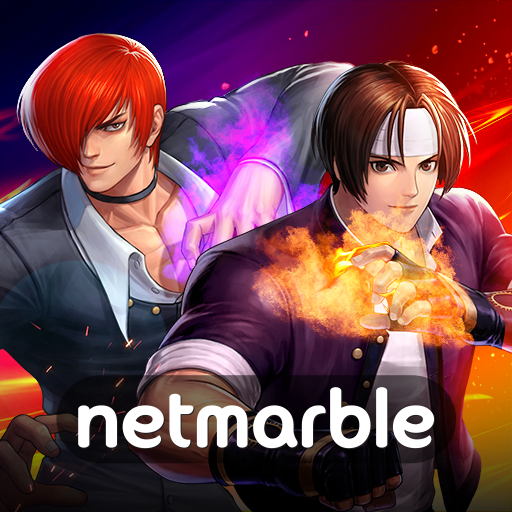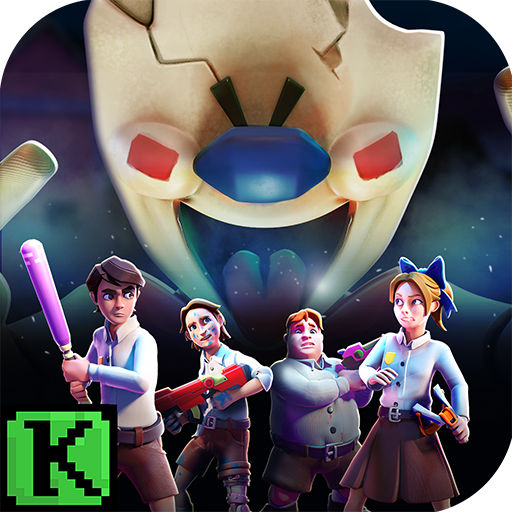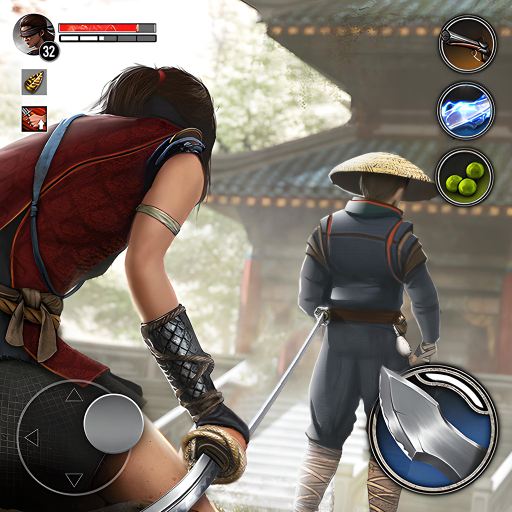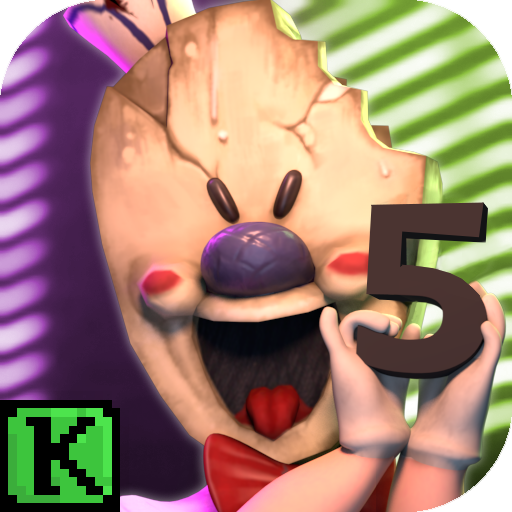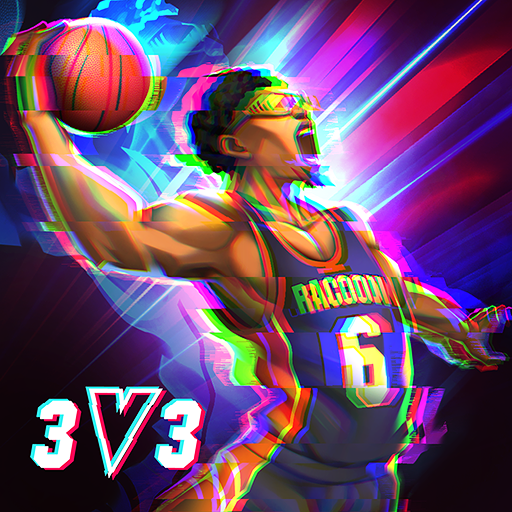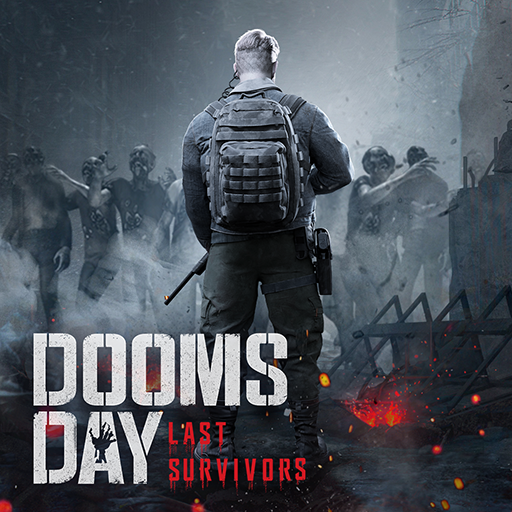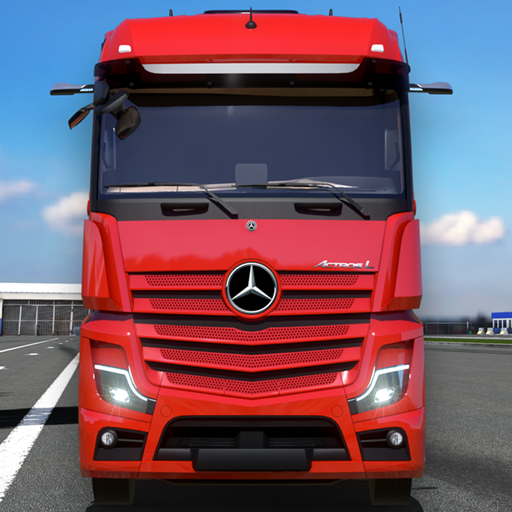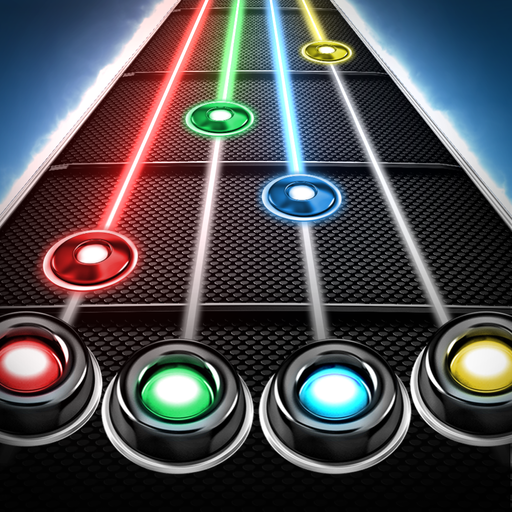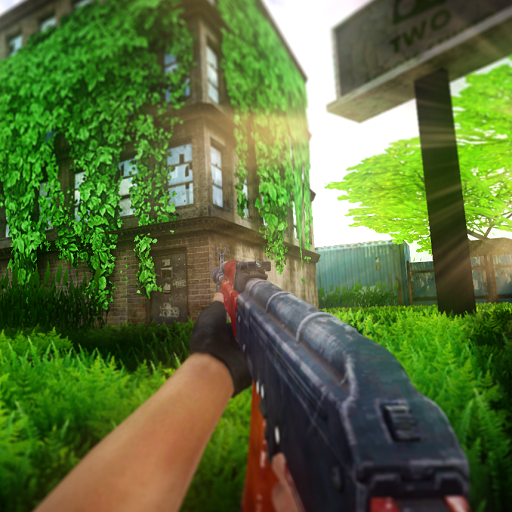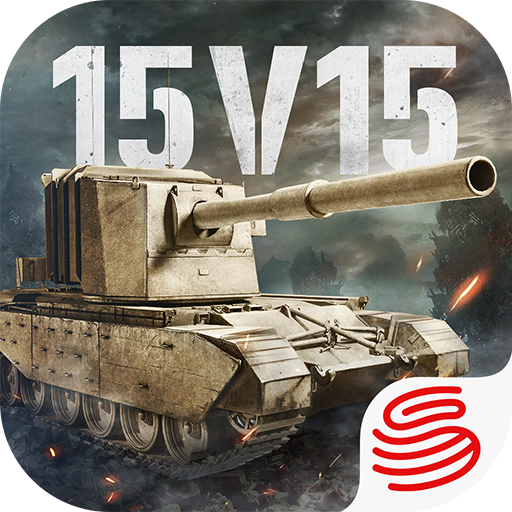In the operation of the NBA All-Star Skills Challenge, the skills of the NBA All-Stars depend on how proactive everyone is. If it's on the offensive end, the skills are different from those on the defensive end. These skills cannot be used together. Of course, when it comes to whether defense or offense is more important, everyone knows that the tactical deployment and player positioning strategies on the offensive end are of higher importance.
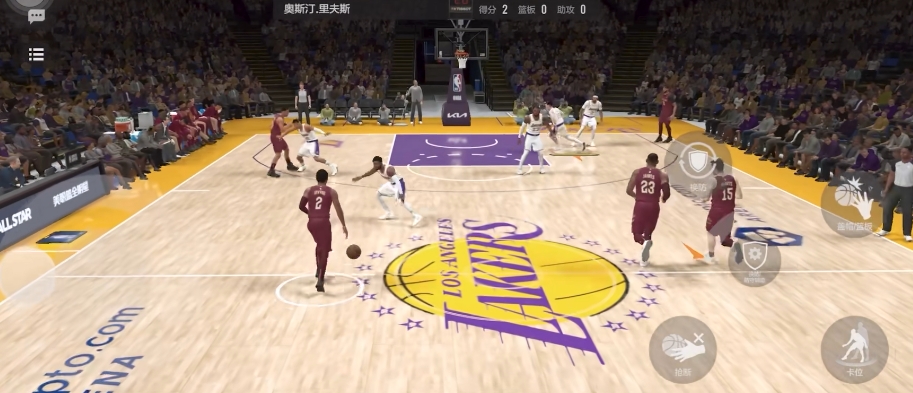
For the second position players, they need to accurately grasp the situation on the court during offense. When the game enters an offensive rhythm, the second position players should prioritize standing outside the three-point line. The purpose of this move is to create a wider offensive space for their teammates, allowing the ball handler to dribble, break through, or pass more freely. If a teammate tends to play one-on-one, then the second position needs to show a high level of team awareness, actively clearing out space on one side, and working closely with another teammate, each standing at 0° and 45° angles on the same side.
This positioning not only effectively spreads the defense but also ensures that the teammate has enough passing options when facing a double team. When the team's tactics mainly involve pick-and-roll, the second position player should flexibly change positions, choosing to stand near the baseline on one side, ready to catch the ball and shoot quickly. This positioning strategy tests everyone's patience and judgment, and also requires them to have keen observational skills to capture the open spot in the moment of a successful pick-and-roll, accurately catching the ball and scoring.
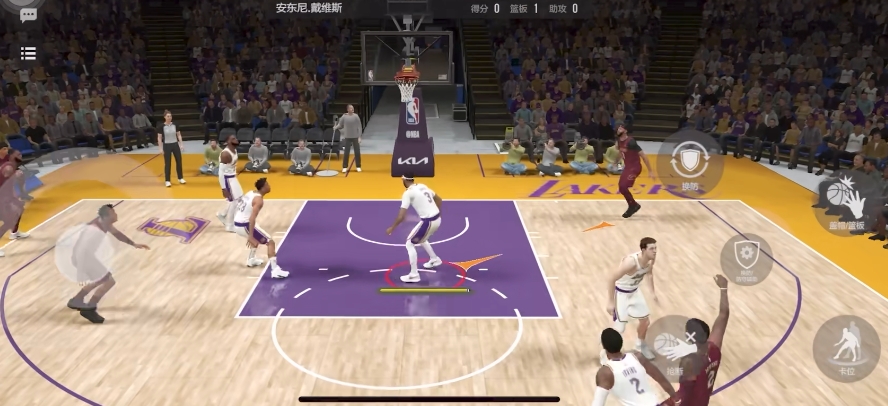
In addition, at the right time, players can use backdoor cuts to complete layups or dunks. This not only enriches the team's offensive methods but also effectively disrupts the opponent's defensive setup. Through clever backdoor cutting, the second position player can attract the attention of the opponent's interior defenders. When the opponent's defense contracts towards the inside due to following him, the teammate originally outside the three-point line will gain more shooting space. At this point, timely passing to the teammate will increase his three-point shooting percentage.
In key moments of transition, if you notice that the opponent shows a weakness while still getting set, you can quickly move to the three-point line and seize the opportunity to shoot. In other regular situations, one player should also try to stay active outside the three-point line, constantly creating offensive opportunities for teammates through their presence. Pick-and-rolls are a common tactic used by the offense. When encountering a pick-and-roll and being screened, everyone needs to react quickly, switching defenses with teammates in a coordinated manner to effectively counter the opponent's offense.
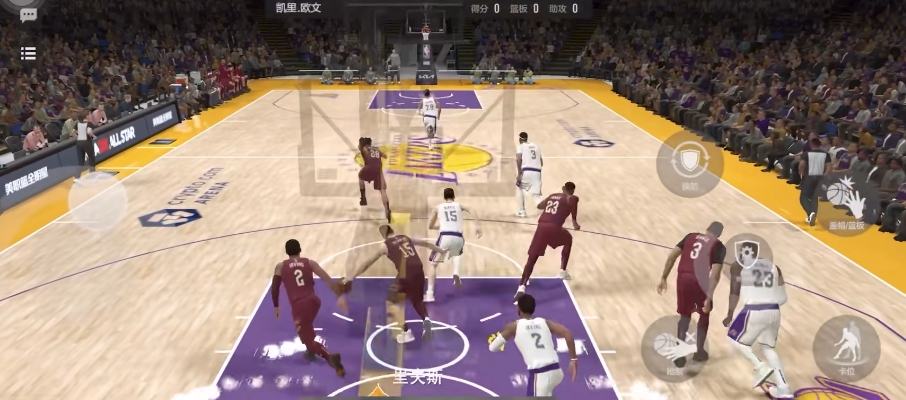
This requires the selected players to not only have excellent defensive skills but also to always remain vigilant. When there is a missed assignment or the need for help defense, they must quickly fill in or switch, ensuring the continuity of the defense. Protecting defensive rebounds is equally important. Other players need to help their teammates protect the rebounds, especially defensive rebounds. This can be achieved through precise positioning and active pursuit. Therefore, when choosing partners, the second position players are suitable to pair with players who are strong in offense.
For example, players with outstanding one-on-one abilities or those skilled in pick-and-rolls with the third position are good choices. In terms of attribute selection, such players who excel in both offense and defense should prioritize selecting players with high three-point and perimeter defense values to enhance their offensive and defensive capabilities. Additionally, in badge pairing, badges such as Catch and Shoot, Corner Specialist, etc., should be prioritized to improve shooting accuracy and scoring ability, as well as badges like Ankle Breaker, Defensive Disruptor, etc., to strengthen their defensive capabilities and limit the opponent.
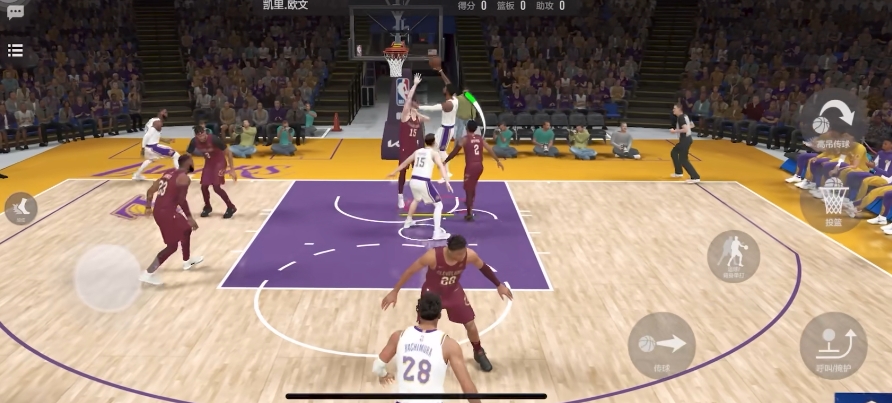
The NBA All-Star skills tell everyone some operations when controlling player actions. To make the players more comprehensive in the game, in addition to player positioning and which actions score higher, accurate judgment and precise operation are also required.

